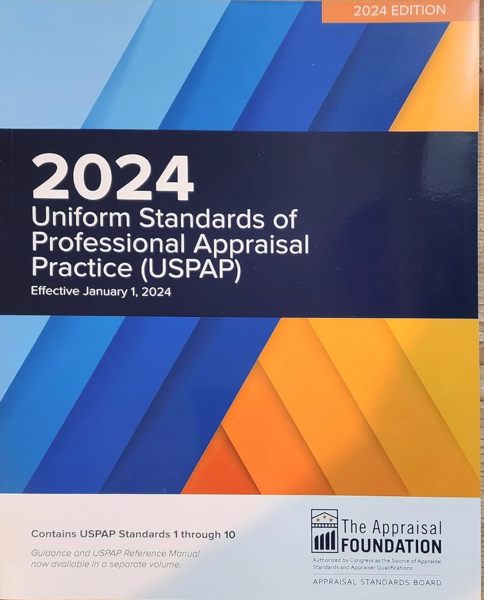Why Appraisers Can't Just Give You a Number

Popular television shows like Antiques Roadshow and American Pickers have done a lot to stimulate the public's interest in art, antiques or collectibles that they may have sitting around the house. Maybe that oil painting signed, `T. Cole’ you picked up at an estate sale is by the Hudson River School painter Thomas Cole. Maybe that porcelain vase your grandfather bought in Asia as a soldier during WWII is actually a valuable Ming Dynasty vase.
Professional personal property appraisers, those of us who appraise fine art, collectibles, rare books and antiques among many other types of things, routinely receive queries like this. When we ask potential clients what the purpose of the appraisal is, they will often say, “I just want to know what it is worth.” Sounds straightforward but as any professional appraiser will tell you, the answer is not so simple. Is the appraisal for insurance, for sale, asset division or for charitable donation or estate tax calculation? Is it a loss claim? These purposes will dictate the scope of the report, and the type of value. Valuation is also tied to date, such as the date of inspection (insurance), date of loss (loss claim), date of death (estate tax), date of donation (charitable contribution) to name some examples.
Clients would prefer that you “just give them a number.” But the appraisal process that we follow is really about protecting them from conflicts of interest, and providing assurance that the valuation is “arms-length.” The origin of the modern, regulated appraisal profession goes back to 1989. In the wake of the Savings & Loan crisis, Congress stepped in to regulate the valuation of not only Real Estate and Business but also Personal Property; that is everything tangible, from cars and boats, to books, art and antiques, gems and jewelry to sports memorabilia and more.
Congress authorized the Appraisal Standards Board of The Appraisal Foundation to codify appraisal practice which became known as The Uniform Standards of Professional Appraisal Practice (USPAP). These procedures, guidelines and ethical standards for appraisal is a regularly update enforceable set of rules regulating the appraisal profession.

A USPAP-compliant appraiser pledges to produce an arms-length valuation of properties based on the current market and the intended use of the appraisal. While USPAP protects the consumer and provides much needed standards and guidelines for the professional appraiser, it has also made report production more complex and time-consuming. Here at Appraisal Scribe, we know how much goes into producing a USPAP compliant report. Appraisal Scribe is up to speed on what you need, and offers a modern, cloud-based solution to help you efficiently produce an USPAP compatible appraisal report. Follow us as we continue to add features to streamline the appraisal process.
Saturday April 13, 2024